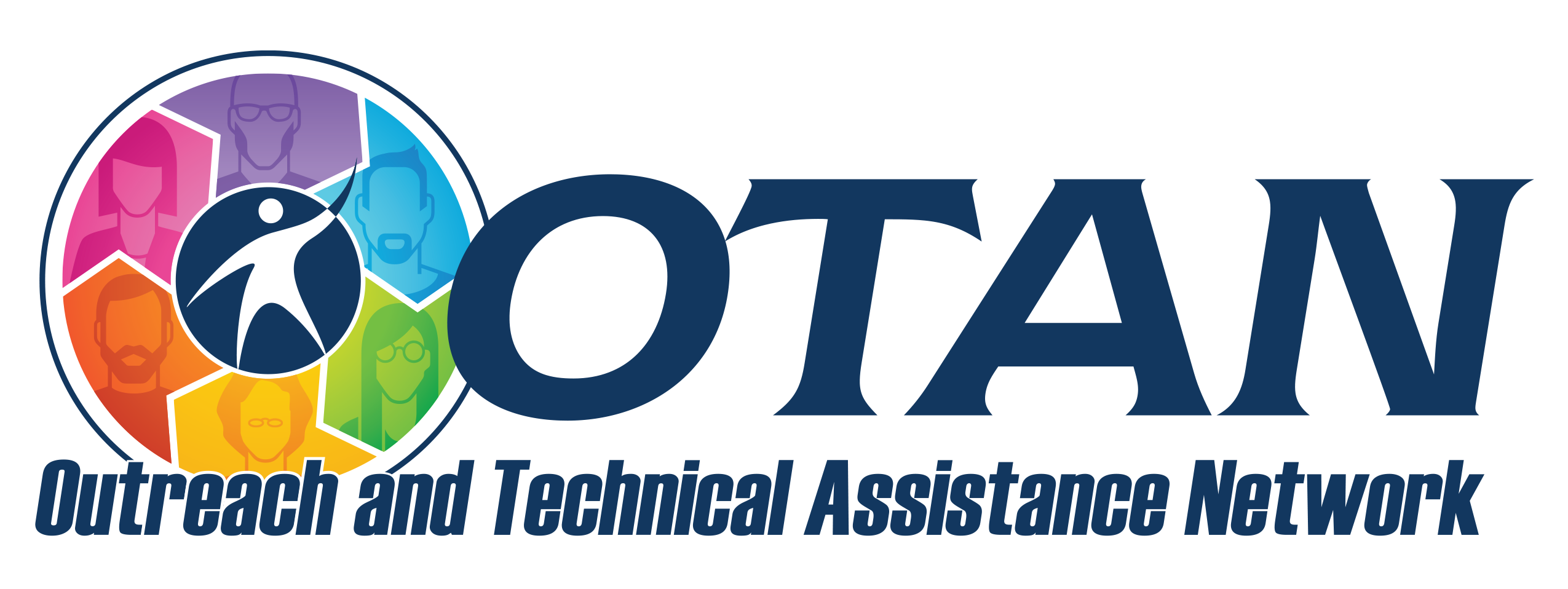Search
Scientific Notation
Details
Activity Description
This activity gives students an introduction and the needed practice to reinforce classroom instruction on Scientific Notation. Students are asked to convert from standard form to scientific notation. Students who answer incorrectly are given an explanation of the correct solution and an opportunity to try again.
Preparation
- Check to be sure that the site is not blocked by your school.
- Be sure to review the topic of scientific notation and the video.
- Try some of the exercises to check the difficulty level. Students will need to be able to convert from standard form to scientific notation and vice-versa. Review if necessary.
Program Areas
- ABE: Adult Basic Education
- ASE: High School Equivalency Preparation
- ASE: High School Diploma
- CTE: Career Technical Education
Levels
- Intermediate
- High

